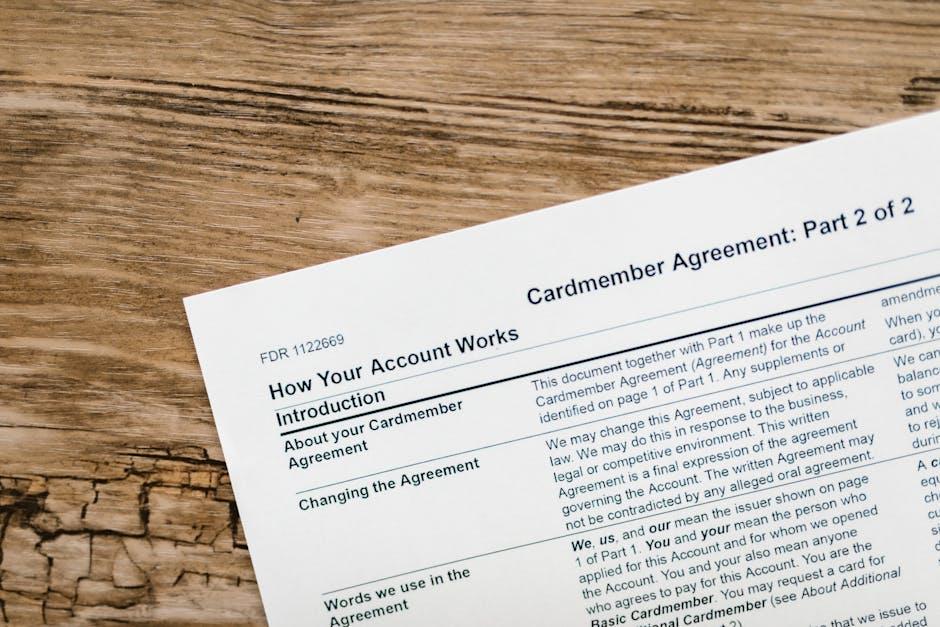When it comes to planning for the future, selecting the right life insurance policy is a crucial decision that can have long-lasting implications for both individuals and their families. Among the myriad of options available, term life insurance and universal life insurance stand out as two of the most commonly considered choices. Each offers distinct features, benefits, and drawbacks that cater to different financial goals and personal circumstances. This article aims to provide a comprehensive overview of both types of life insurance, helping you navigate the complexities of each to make an informed decision that aligns with your long-term objectives. By understanding the fundamental differences and unique advantages of term life and universal life insurance, you can better assess which option suits your needs and provides the financial security you seek.
Understanding the Basics of Term Life and Universal Life Insurance
When evaluating your options in the life insurance landscape, it’s crucial to grasp the fundamental differences between term life insurance and universal life insurance. Term life insurance is a straightforward and often more affordable choice, providing coverage for a specific period, typically ranging from 10 to 30 years. Its primary advantage is the lower premium costs compared to other forms of life insurance, making it an attractive option for those seeking temporary coverage or on a tight budget. The simplicity of term life insurance is appealing, as it focuses solely on providing a death benefit without any cash value component.
On the other hand, universal life insurance offers more flexibility and potential for cash value accumulation. This type of insurance allows policyholders to adjust their premium payments and death benefits, offering a more customizable approach to life insurance. Some key features include:
- The ability to build cash value over time, which can be used for various financial needs.
- Flexibility in premium payments, allowing you to increase or decrease payments within certain limits.
- Potential for adjusting the death benefit as your financial situation changes.
While universal life insurance can be more complex and comes with higher premiums, its adaptability can be beneficial for those with long-term financial planning needs.

Comparing Costs and Benefits: Term vs Universal Life Insurance
When examining the financial aspects of life insurance options, it’s crucial to weigh both the costs and benefits associated with each type. Term life insurance is often more affordable initially, as it provides coverage for a specified period, such as 10, 20, or 30 years. This makes it an attractive choice for those seeking straightforward protection without a long-term financial commitment. However, once the term expires, policyholders may face significantly higher premiums if they wish to renew their coverage. In contrast, universal life insurance offers lifelong protection, combining a death benefit with a savings component. While the premiums are generally higher, they provide the flexibility to adjust coverage amounts and premium payments, potentially offering a greater return on investment over time.
- Term Life Insurance:
- Lower initial premiums
- Fixed coverage period
- No cash value
- Universal Life Insurance:
- Higher premiums with flexible payment options
- Lifelong coverage
- Potential cash value accumulation

Evaluating Your Long-Term Financial Goals and Insurance Needs
When assessing your long-term financial objectives, it’s crucial to align them with your insurance strategy. Term life insurance and universal life insurance offer distinct advantages depending on your needs. Term life insurance provides coverage for a specified period, making it an attractive choice for those seeking affordability and simplicity. This option is particularly beneficial if you are looking to cover short-term obligations such as a mortgage or educational expenses. In contrast, universal life insurance combines lifelong protection with a cash value component, offering flexibility in premium payments and potential growth. This makes it a suitable option if you’re aiming for a policy that can adapt to changing financial circumstances over time.
- Affordability: Term life is generally more affordable, especially for younger individuals.
- Flexibility: Universal life allows for adjustments in premiums and death benefits.
- Duration: Term life covers a specific period, while universal life provides lifelong coverage.
- Investment: Universal life includes a cash value component that can grow over time.
Consider your current financial obligations and future goals to determine which type of policy aligns best with your needs. Balancing cost, coverage duration, and investment potential will guide you toward the most suitable insurance choice.

Expert Recommendations for Selecting the Right Life Insurance Plan
When determining which life insurance plan suits your needs, it’s essential to weigh the features and benefits of both term life insurance and universal life insurance. Term life insurance is often favored for its simplicity and affordability. It provides coverage for a specified period, making it ideal for individuals seeking temporary financial protection. Key advantages include:
- Lower initial premiums compared to permanent insurance.
- Flexibility to choose coverage duration that aligns with your financial goals.
- Convertible options that allow transitioning to a permanent policy without a medical exam.
On the other hand, universal life insurance offers a more flexible and long-term solution. It combines the benefit of life insurance with a savings component, allowing policyholders to build cash value over time. Consider the following features:
- Ability to adjust premiums and death benefits as your financial situation changes.
- Potential to accumulate cash value that can be borrowed against or withdrawn.
- Lifetime coverage, ensuring protection for your entire life if premiums are maintained.
Each option presents unique benefits tailored to different financial needs and life stages. Carefully assessing your current financial situation, future goals, and risk tolerance will guide you toward the most suitable choice.

